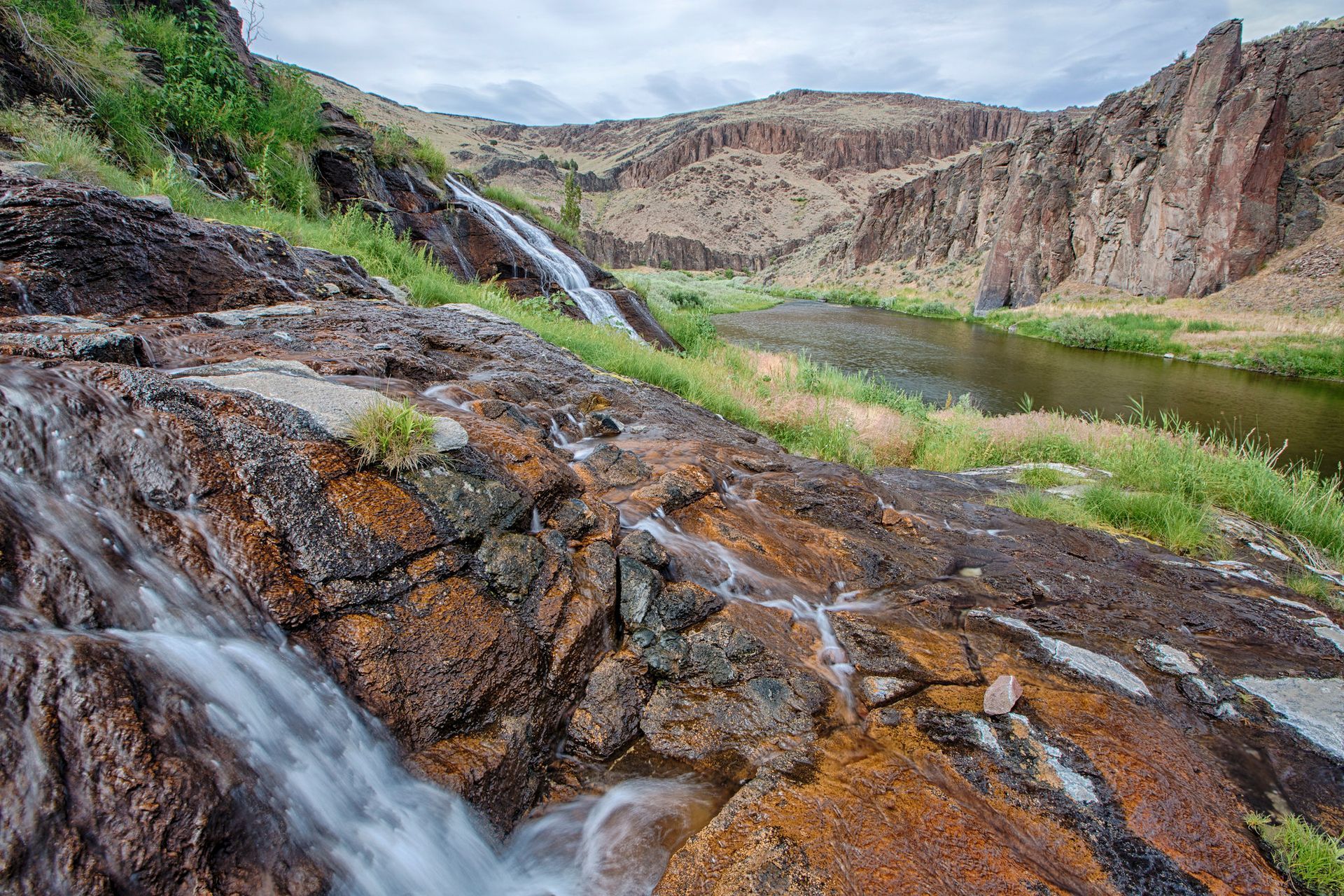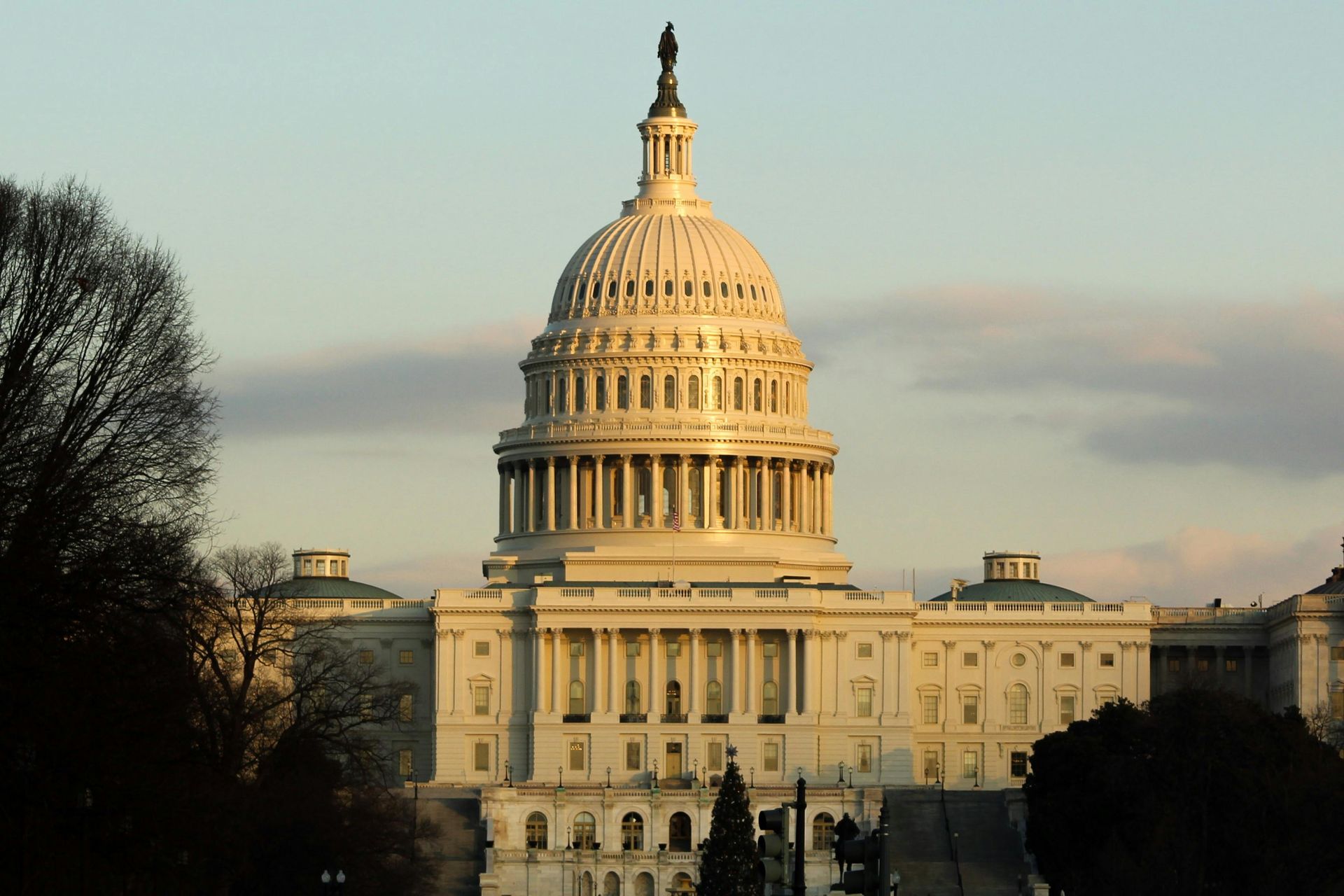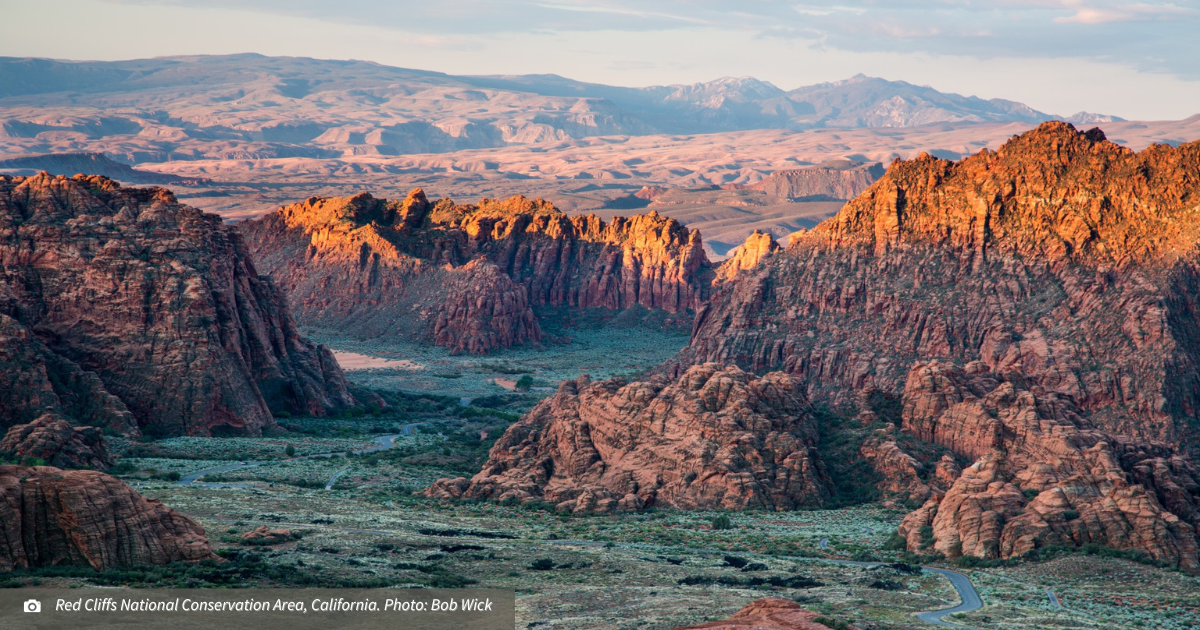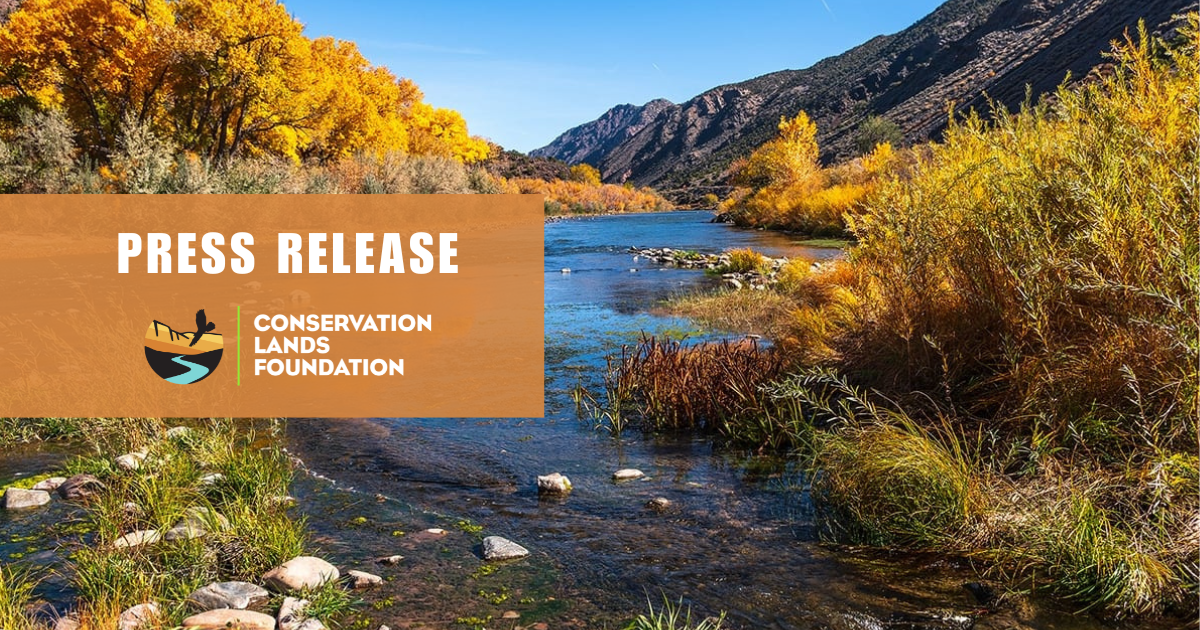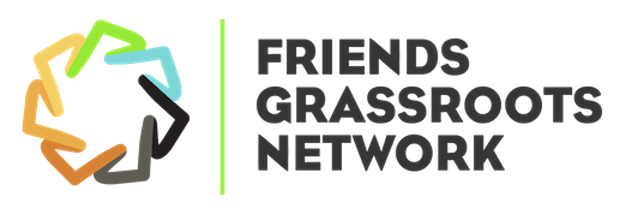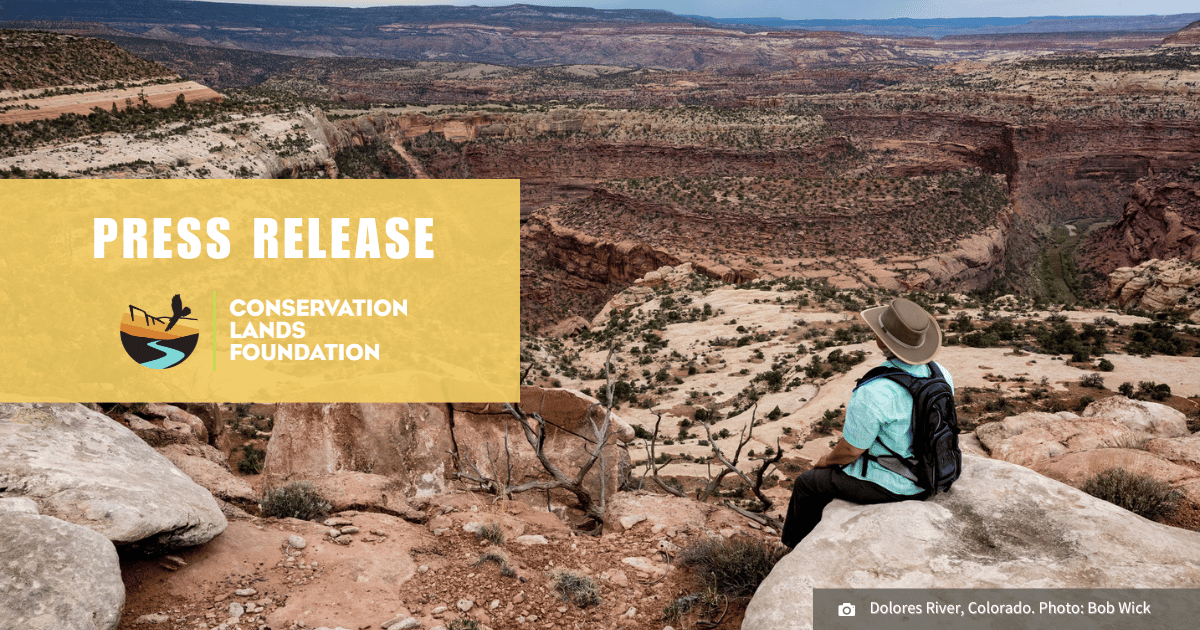November 19, 2025
Washington — Six organizations sent a letter to the Acting Director of the Bureau of Land Management (BLM), warning that at least 5,033 oil and gas leases — covering nearly 4 million acres — may now be legally invalid. The letter asks the agency to halt all new leasing and permitting until it “ensure[s] compliance with the law and remed[ies] this grave legal uncertainty.” Ultimately, Congress must fix the legal crisis it created. The letter details how Congress' unprecedented use of the Congressional Review Act (CRA) to overturn BLM Resource Management Plans (RMPs) has called into question the legal efficacy of every land management plan finalized since 1996. These plans don't just guide management decisions; they enable everything that happens on public lands, from oil and gas drilling to recreation, grazing, and wildlife protection. If land use plans may now be invalid, then thousands of oil and gas leases and drilling permits issued under them may also be invalid Congress Was Warned About CRA Consequences When Republican members of Congress voted in October to use the CRA to overturn three RMPs in Alaska, Montana, and North Dakota, they ignored urgent warnings from conservationists, legal scholars, former BLM officials, and even some energy industry voices about the chaos this would unleash. The agency's own Solicitor’s Office cautioned that treating RMPs as “rules” could call into question the validity of every BLM plan since 1996 — along with the leases, grazing permits, rights-of-way, and other decisions based on those plans. Thirty leading law professors warned that this move could jeopardize “thousands of leases and management decisions across hundreds of millions of acres.” Former BLM leaders said overturning land-use plans under the CRA would “undermine the basis for authorizations” and create widespread legal uncertainty for energy developers, ranchers, and recreation permittees, threatening the integrity of the entire planning system. But Congress ignored these warnings — and is now moving ahead with even more CRA resolutions that will escalate the crisis. "By incorrectly treating land use plans as rules under the Congressional Review Act, Congress hasn't just overturned three plans — they've thrown every plan finalized since 1996, representing 166 million acres, into doubt. That mistake replaces a stable, science-based, community-driven system with needless chaos and uncertainty. It was lazy and irresponsible and is harmful to all land users," said Jocelyn Torres, chief conservation officer at the Conservation Lands Foundation. Along with the at least 5,033 existing leases, the legal uncertainty extends to future leasing. According to the letter, 69.8% of all BLM lands available for oil and gas leasing are managed under RMPs finalized after 1996 that were never submitted to Congress. BLM is currently evaluating 850 parcels totaling 787,927 acres across 14 upcoming lease sales on lands that may lack a valid RMP. This legal chaos affects far more than oil and gas. Land management plans for national forests, national parks, and national wildlife refuges finalized since 1996 may also be invalid, potentially calling into question grazing permits, timber sales, recreation authorizations, and wildfire management projects across hundreds of millions of acres nationwide. "Congress was warned repeatedly that weaponizing the CRA against land management plans would create exactly this kind of chaos. They charged ahead anyway, putting short-term political gain ahead of stable land management. Now they've jeopardized the very oil and gas development they claimed to be protecting. Congress must immediately fix the mess it made." said Alison Flint, senior legal director for The Wilderness Society . “Let’s be crystal clear: The Congressional Review Act is bad public policy. And it’s absolutely terrible public policy when used to overturn comprehensive public land planning decisions that radically reduces predictability for all public land users — in particular, as we have highlighted to the Bureau of Land Management, the oil and gas industry itself,” said Melissa Hornbein, senior attorney at the Western Environmental Law Center. “Congress lit the fuse on a legal time bomb that now calls into question the validity of thousands of oil and gas leases covering millions of acres as well as grazing permits and numerous other authorizations. But equally concerning, use of the CRA unravels decades of community-led land-use planning and throws into disarray the legal foundation for how our public lands are managed,” said Laird Lucas, executive director at Advocates for the West. “Congress’s use of the CRA to disapprove several Bureau of Land Management land use plans that were put in place following years of stakeholder and Tribal Nation input has sown confusion throughout the American West. This is not what Congress intended when it passed the CRA,” said Steve Bloch, legal director for the Southern Utah Wilderness Alliance. “As one of the principal architects of this newest line of attack on public lands, Sen. Daines opened Pandora’s Box. Using the Congressional Review Act to wipe out years of local work on Resource Management Plans is unprecedented, and it puts rural economies at risk, including the oil and gas industry. Inserting Congress into these processes threatens to unravel the foundations of public resource management and dismantle the systems that communities, businesses, and Montanans rely on. Congress is heading down a reckless path, yet another example of the pattern of attacks we’re seeing out of Washington D.C. on one of the most foundational aspects of Montana’s way of life: our public lands and resources,” said Aubrey Bertram, Staff Attorney & Federal Policy Director at Wild Montana.


